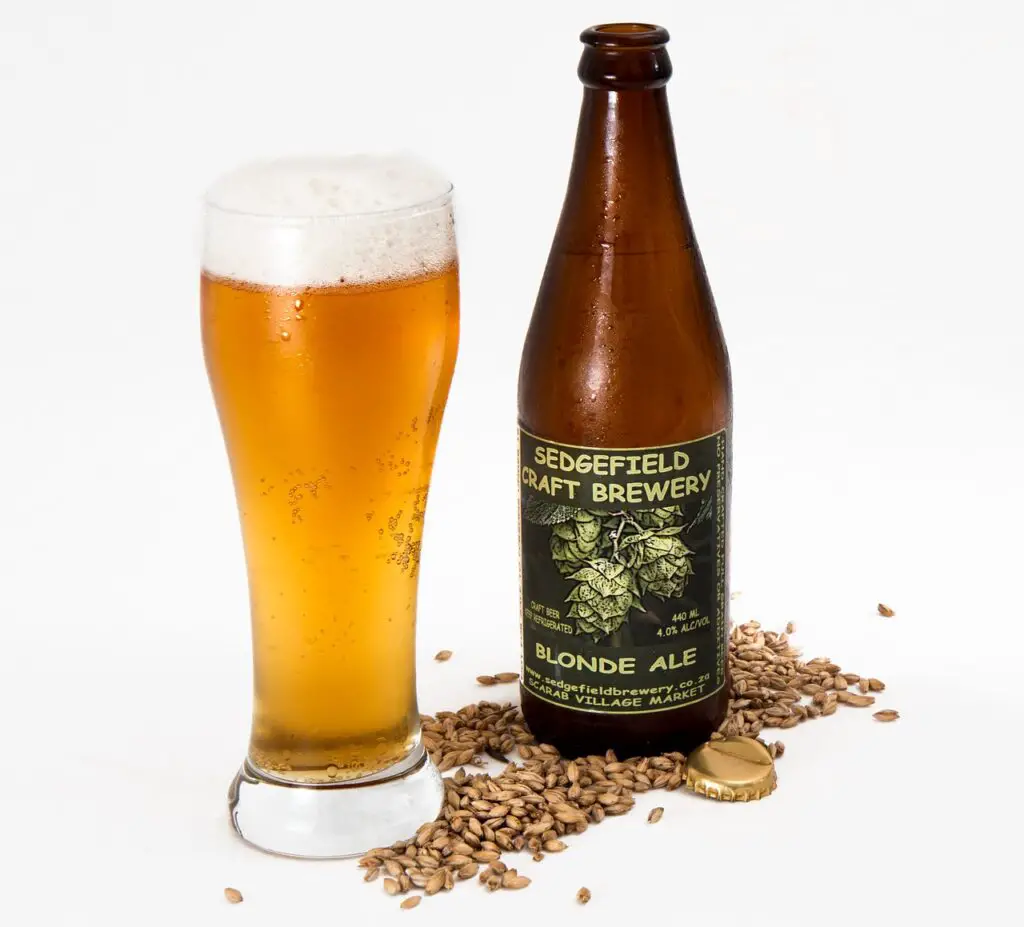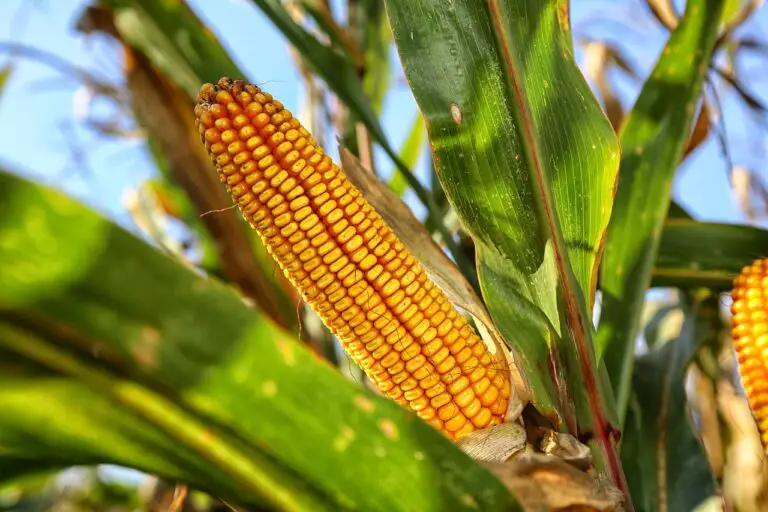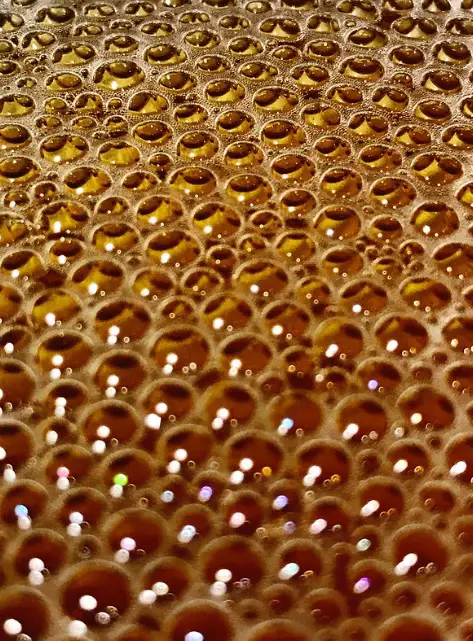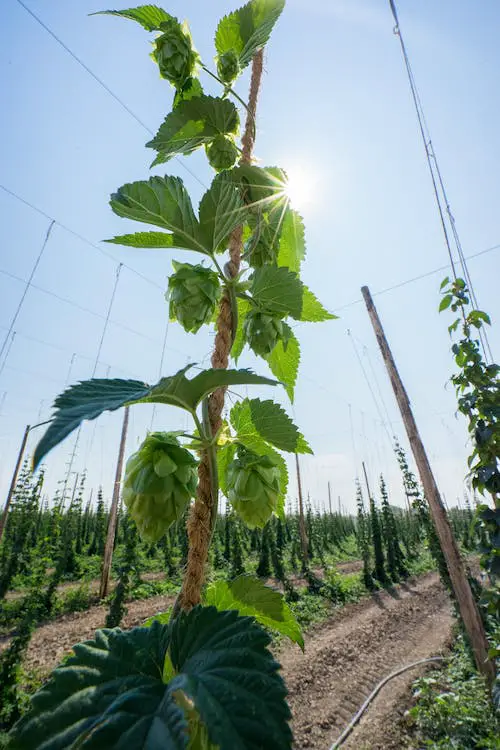Can Feed Barley Be Malted?
Barley has long been a fundamental ingredient in the brewing industry, contributing to the flavors and sugars essential for brewing beer. Traditionally, malt-grade barley has been the go-to choice for brewing, carefully processed to meet quality standards. However, with the growing interest in craft beers and innovation, the question arises: Can feed barley be malted?
This article delves into the practicality of using feed barley in brewing. To do so, we’ll examine the various types of barley, the malting process, and the challenges and opportunities of utilizing feed barley in beer production. Through research, experiments, and case studies, we aim to uncover whether feed barley can become a viable alternative to traditional malt-grade barley in the brewing industry.

So, Can Feed Barley Be Malted?
Yes, it is possible to use feed barley during the malting process. However, there are several challenges associated with using feed barley for malting, primarily because feed barley is not typically bred, cultivated, or processed with the same strict quality standards as malting barley (it’s used for chickens and other animals, so…). Malting barley is specifically selected and treated to ensure it has the desired enzymatic activity, flavor profile, and germination characteristics needed for brewing. Additives, like corn syrup, can be added to the brew to intensify the enzymatic activity.
Here are some key considerations and challenges when using feed barley for malting:
- Quality Variation: Feed barley tends to have more variability in its characteristics compared to malting barley. This can lead to inconsistent malt quality and brewing outcomes.
- Enzymatic Activity: Malting barley is selected for its high enzymatic activity, which is crucial for converting starches into fermentable sugars during mashing. Feed barley may not have the same enzyme content, making it less efficient for brewing (this also depends on the quality of the water used in brewing).
- Flavor Profile: Malting barley is chosen for its desirable flavor contributions to beer. Feed barley may have different flavor profiles, which can affect the taste and aroma of the final brew.
- Germination Control: Controlling the germination process during malting is essential. Feed barley may have unpredictable germination behavior, leading to malt with inconsistent characteristics.
- Consistency and Reliability: Breweries rely on consistency in their ingredients to produce reliable and repeatable beer recipes. The variability in feed barley can make it challenging to achieve this consistency.
- Processing Challenges: Feed barley may require additional processing and quality control measures to meet the standards necessary for brewing.
While it is possible to use feed barley for malting, breweries often face these challenges and may need to invest in quality control and testing to ensure the resulting malt meets their requirements. Additionally, some breweries may experiment with feed barley to create unique beer styles, taking advantage of its distinct characteristics.
Feed Barley vs. Malting Barley – What’s The Difference?
Barley is a versatile grain, and its suitability for malting depends on various factors, including its variety. Malting barley and feed barley are two distinct categories of barley, each with specific characteristics that determine their fitness for the malting process.
Malting Barley:
- Two-Row vs. Six-Row: Malting barley is typically divided into two categories: two-row and six-row barley. Two-row barley is preferred for malting due to its uniform kernel size and even germination. It tends to produce malt with a smoother flavor profile and is often favored by brewers.
- High Enzymatic Activity: Malting barley is selected for its high enzymatic activity, particularly alpha-amylase and beta-amylase enzymes, which are crucial for converting starches in barley into fermentable sugars during mashing. These enzymes play a pivotal role in the brewing process.
- Uniform Germination: Malting barley exhibits consistent and predictable germination behavior, making it easier for maltsters to control the malting process and achieve desired characteristics in the malt.
- Desirable Flavor Profile: Malting barley varieties are chosen for their ability to contribute appealing flavors and aromas to the final beer. These flavor characteristics are a result of factors like terroir, growing conditions, and barley variety.
Feed Barley:
- Primary Use: Feed barley is primarily grown for animal feed and lacks the stringent quality standards of malting barley. As such, it is often less consistent in quality.
- Enzymatic Activity: Feed barley may have lower enzymatic activity compared to malting barley. This deficiency can lead to inefficient starch conversion during mashing, affecting the brewing process.
- Variability: Feed barley varieties can exhibit greater variability in terms of kernel size, protein content, and germination behavior. This variability can make it challenging to achieve consistent malt quality.
- Flavor Profile: Feed barley is not selected for its flavor contributions to beer and may have less predictable flavor characteristics.
What Makes Barley Suitable for Malting?
- Uniformity: Malting barley should have uniform kernel size and consistent germination behavior to ensure a controlled malting process.
- High Enzyme Content: Adequate levels of alpha-amylase and beta-amylase enzymes are essential for efficient starch conversion during mashing.
- Desirable Flavor Profile: Malting barley should have the potential to contribute pleasant flavors and aromas to the final beer.
- Low Protein Content: Lower protein content is preferred in malting barley to minimize haze formation and off-flavors in the beer.
- Growing Conditions: Barley grown under specific conditions, such as cool climates and well-drained soils, tends to have the characteristics desirable for malting.

How To Use Feed Barley During Malting?
Some brewers may impose strict quality control measures to overcome these challenges of using feed barley and make it suitable for brewing. These measures can include:
1. Quality Screening: Brewers may carefully select feed barley lots, using specific criteria to ensure consistency and quality before it goes through the malting process.
2. Additional Processing: Feed barley may require additional processing steps, such as cleaning, sorting, and adjusting enzymatic activity, to bring it closer to the standards of malting barley.
3. Quality Testing: Brewers can subject feed barley samples to rigorous testing for factors like enzyme levels, protein content, and germination rates. This helps ensure that the barley meets the requirements for brewing.
4. Experimentation: Some breweries experiment with feed barley to create unique beer styles, taking advantage of its distinct characteristics rather than trying to replicate traditional malt-grade barley.
In conclusion, using feed barley during the malting process is possible but comes with inherent challenges related to quality, enzymatic activity, and consistency. Brewers interested in utilizing feed barley often employ strict quality control measures and additional processing steps to achieve malt that meets their brewing needs. This approach allows them to explore the potential of feed barley while maintaining the quality and consistency expected in their beer production.
Which Brewers Use Feed Barley For Malting?
While using feed barley in brewing is less common than using dedicated malting barley, some breweries have indeed explored the possibilities of incorporating feed barley (as well as corn and other grains) into their brewing processes. These breweries have taken innovative approaches to make it work. Here are a few examples:
- Rahr & Sons Brewing Company (Fort Worth, Texas, USA):
- Rahr & Sons Brewing Company in Texas has experimented with feed barley in their brewing process. They’ve used a variety of grains, including feed barley, to create unique beer styles.
- Approach: The brewery is known for its creativity and willingness to experiment with different grains to craft distinct flavors. They carefully select and process feed barley lots to ensure quality and consistency before incorporating them into their recipes.
- Great Lakes Brewing Company (Cleveland, Ohio, USA):
- Great Lakes Brewing Company has explored alternative grains, including feed barley, to reduce their environmental impact and support local agriculture.
- Approach: They collaborate with local farmers to source feed barley and other grains sustainably. The brewery’s commitment to environmental responsibility aligns with its exploration of unconventional ingredients.
- Anspach & Hobday (London, UK):
- This London-based craft brewery has experimented with feed barley in their “The Grain Store” series of beers.
- Approach: Anspach & Hobday has been open about their experiments with different barley types and their focus on showcasing unique flavors. They use quality control measures to ensure the feed barley meets their brewing standards.
- Farmhouse Ales Brewery (Minneapolis, Minnesota, USA):
- Farmhouse Ales Brewery has been known to use feed barley and other alternative grains in their farmhouse-style ales.
- Approach: They embrace the ethos of farmhouse brewing, which historically involved using locally available grains. This approach allows them to experiment with different grains, including feed barley, to create rustic and flavorful beers.
- Green Flash Brewing Co. (San Diego, California, USA):
- Green Flash Brewing has experimented with using feed barley in their “Sea to Sea” Lager.
- Approach: The brewery has showcased its commitment to sustainability by sourcing barley and other ingredients from local farmers. While not exclusively focused on feed barley, they aim to promote the use of regionally grown grains.

Wrapping It Up
In conclusion, whether feed barley can be malted has been met with challenges and innovation in the brewing industry. While feed barley lacks the consistent quality and specialized characteristics of traditional malting barley, some breweries have successfully incorporated it into their brewing processes by imposing strict quality control measures, collaborating with local farmers, and experimenting to create unique beer styles.

I am a young architect with a passion that goes beyond blueprints… it’s beer! undertherosebrewing.com is more than just a blog, it’s a manifestation of my lifelong dream to explore, read, and learn everything about beer. Join the blog on this unfiltered and genuine adventure into the heart of beer culture. Cheers!







